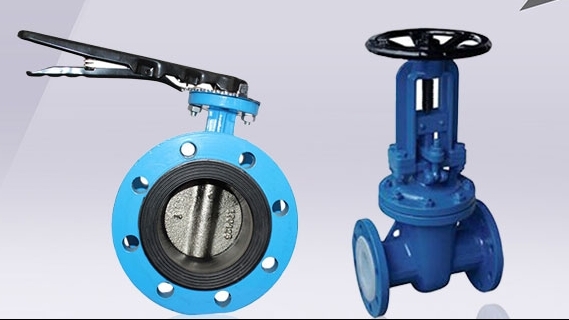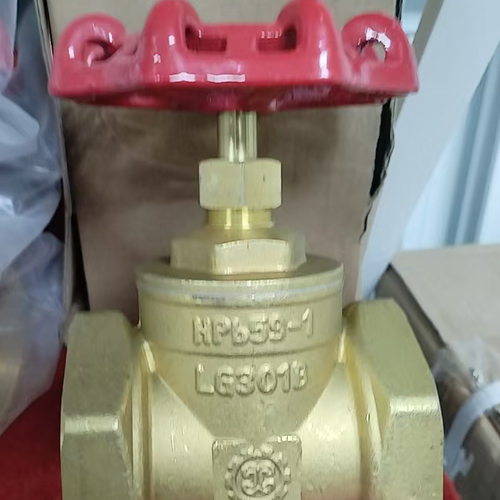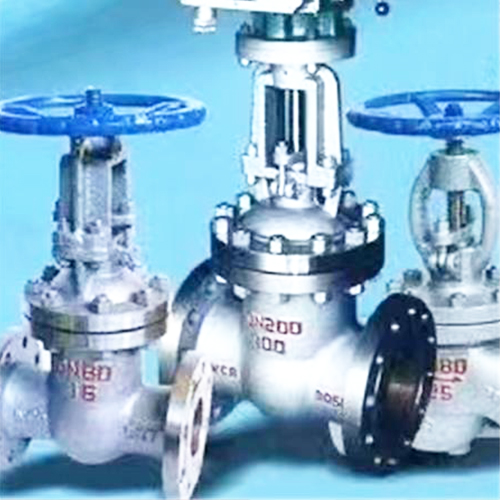在石油、化工、冶金和能源工業中,閥門是得到廣泛應用的流體控制設備之一。作為管道系統的重要組成部分,閥門的規格和種類很多,作用也不同。有的用來接通或截斷介質,調節介質壓力或流量,防止介質壓力超過規定的數值,保證管道或設備的安 全運行。也有的用來分離、混合或分配介質,以保證系統工藝條件。由于閥門在管道系統中的作用,閥門的制造工藝將直接影響到管道設備的安 全運行。
In petroleum, chemical, metallurgical and energy industries, valve is one of the widely used fluid control equipment. As an important part of the pipeline system, there are many specifications and types of valves with different functions. Some are used to connect or cut off the medium, adjust the medium pressure or flow, prevent the medium pressure from exceeding the specified value, and ensure the safe operation of the pipeline or equipment. Some are also used to separate, mix or distribute media to ensure system process conditions. Due to the role of valves in the pipeline system, the manufacturing process of valves will directly affect the safe operation of pipeline equipment.
隨著工況需求的不斷發展,對閥門性能的要求也越來越高,產品制造中的有關工藝也越來越得到重視。由于閥門與管道元件相關的技術規范不齊全,如有關閥門的焊 接、耐蝕堆焊和耐磨堆焊等沒有明確的規定。而閥門的特殊性,是否可以沿用相關鍋爐壓力容器壓力管道制造的技術規范還有待探討,所有這些都給閥門的安 全注冊評審帶來一定困難。

With the continuous development of working conditions, the requirements for valve performance are higher and higher, and the relevant processes in product manufacturing are paid more and more attention. Due to the incomplete technical specifications related to valves and pipeline components, there are no clear provisions on valve welding, corrosion-resistant surfacing and wear-resistant surfacing. The particularity of the valve and whether the relevant technical specifications for the manufacture of boiler, pressure vessel and pressure pipeline can be used remain to be discussed, all of which bring some difficulties to the safety registration review of the valve.
大型閥門的閥體在制造中一般會采用焊 接形式,而且閥體壁厚往往大于38mm。根據國內外壓力容器壓力管道的相關規定,當焊件厚度大于38mm時,焊后需對其進行熱時效處理,其目的是去氫,消 除焊 接殘余應力和恢復材料塑性。
The valve body of large valves is generally welded in manufacturing, and the wall thickness of the valve body is often greater than 38mm. According to the relevant regulations of pressure vessels and pressure pipes at home and abroad, when the thickness of weldment is greater than 38mm, it is necessary to carry out thermal aging treatment after welding. The purpose is to remove hydrogen, eliminate welding residual stress and restore material plasticity.
但是,由于密封材料的不同,以及焊后熱時效可以導致閥體的變形,對閥門是否要進行熱處理,或者應該怎么做才能保證質量,在國內的相關標準中都沒有規定。
However, due to the different sealing materials and the deformation of the valve body caused by post welding thermal aging, whether the valve should be heat treated or what should be done to ensure the quality is not specified in the relevant domestic standards.
目前,國外的大型焊 接閥門已經進入我國的市場,應該依據何種規范來驗收或閥門不進行焊后熱處理是否符合要求,還值得討論和研究。
At present, foreign large welded valves have entered China's market. It is still worth discussing and studying what specifications should be used for acceptance or whether the valve does not undergo post weld heat treatment meets the requirements.
因此,對于大型焊 接閥門這樣一種特定的產品,特別是針對其是否要進行焊后熱時效,必
Therefore, for a specific product such as large welded valve, especially whether it needs post weld thermal aging, it is necessary
須進行全 面的試驗,試驗包括對焊 接坡口,接頭形式,溫度應力分布或控制及消 除應力變形進行研究,確定焊 接接頭性能可靠,并制定相應的規范,以確保閥門的質量和可靠性。
A comprehensive test shall be conducted, including the research on the welding groove, joint form, temperature stress distribution or control and elimination of stress and deformation, to determine the reliable performance of the welded joint, and formulate corresponding specifications to ensure the quality and reliability of the valve.
 企業公告:
企業公告:
























